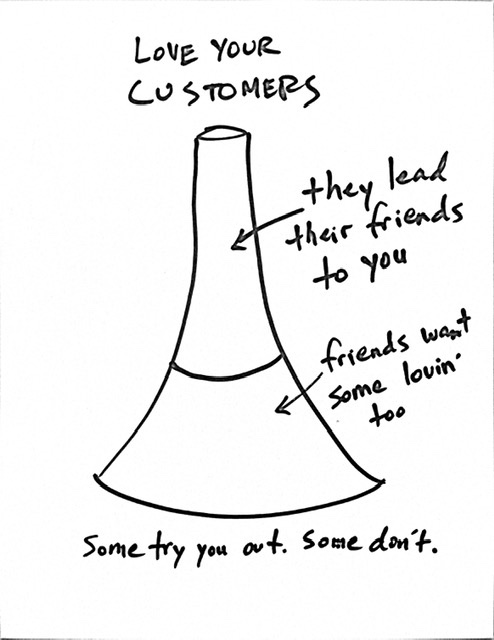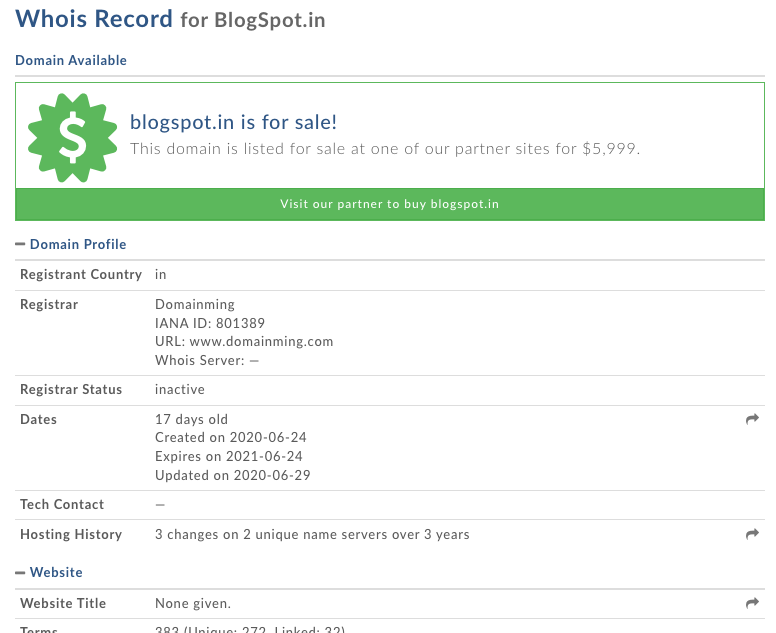It’s worth writing about this single question and its answer from an interview with Casey Newton, a writer for the online publication the Verge, and who also runs his own newsletter (that I am subscribed to).
The question itself frames the problem well:
People often say that “people who can tell stories rule the world”. It seems to me that we’re at one of those historical inflection points where the ability to speak convincingly about what is going on and how we ought to feel about it are shifting towards an entirely new kind of competency and expertise on the part of the storyteller. The world (including the tech world we live in) is getting super complex! So on the one hand, this compounding complexity makes it harder for journalists, PR people, salespeople, storytellers of all kinds, to actually have a complete understanding of what they’re talking about. But on the other hand, that very same complexity gives their stories more power: people need a narrative; they need explanations that make sense to them…
The writer Casey answers well too. Some excerpts:
I think it’s been hard on average citizens and news consumers. There is much more high-quality information available to them at their fingertips, often for free, than there ever has been before. But there’s also an incalculable amount of bullshit all around them — much of it being pushed by those influencers and content marketers and PR people. There are now six PR people for every working journalist in the United States, by the way, and it feels like most of them are in my inbox daily.
The rise of content marketers and influencers have given [founders] friendly new channels to promote their work — ones that won’t ask the more difficult questions that journalists will.
A weird phenomenon in our current era is that while trust in institutions is generally declining, trust in individuals is increasing. A journalist can become of those trusted individuals — either by gaining access to a big platform perch (anchoring a CNN show, say) or by developing deep expertise on a subject of growing importance. Either way, there are new ways to win now.
See also: the series we did on 21st Century Media.
(Part 2 – what about long-term trust?)


